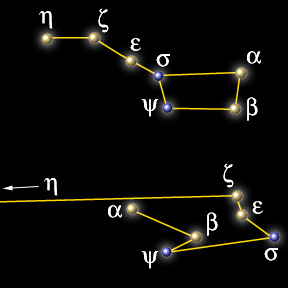This page shows two images of the constellation, The Big Dipper. The upper image shows the stars as seen from Earth. The bottom image shows the same set of stars from a different vantage point in space.
It All Depends On Your Point Of View
In most cases, however, the stars that we see that seem to be "close" to each
other actually are quite far apart, some stars are much closer or farther than others
as is shown in the example below of Ursa Major, the big dipper.
In the figure we imagine that we have travelled through space till we are about the
same distance away as earth but from a different position in space. The stars in
Ursa Major would change as is shown in the lower part of the picture.
You might also be interested in:

How did life evolve on Earth? The answer to this question can help us understand our past and prepare for our future. Although evolution provides credible and reliable answers, polls show that many people turn away from science, seeking other explanations with which they are more comfortable.
...more
Ursa Major is probably the most famous constellation, with the exception of Orion. Also known as the Great Bear, it has a companion called Ursa Minor, or Little Bear. Everyone living in the Northern Hemisphere
...more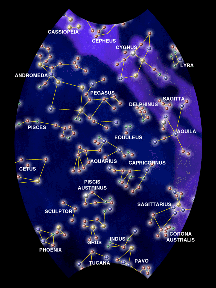
The unvarying aspect of the relationships of the stars' positions may have suggested to the ancients something that was analogous to their beliefs about the universe. It is not surprising that they chose
...more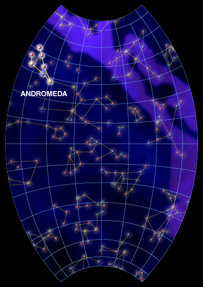
Andromeda is a "V" shaped constellation best viewed in Autumn if you live in the Northern Hemisphere. It was one of the earliest constellations to be recognized. Andromeda lies near the celestial north
...more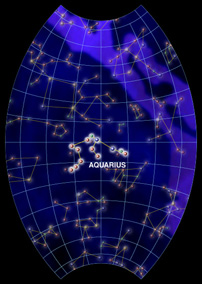
Aquarius is a member of the Zodiac, a group of constellations that the Sun travels through each year. It is best viewed in autumn in the southern sky, although much of the northern hemisphere can see
...more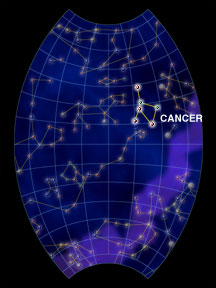
Cancer, the Crab, is a member of the Zodiac, a group of constellations that the Sun travels through each year. Cancer spends half of the year in the sky. It first rises in December and is visible through
...more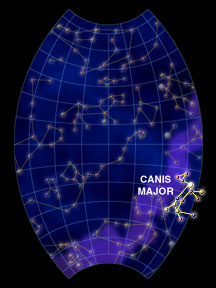
Canis Major is known as the Great Dog. In Greek myth, it is said that this constellation, along with Canis Minor, are Orion's hunting dogs. Canis Major was one of the most important constellations in
...more
The constellation Capricornus represents the figure of either a goat or a sea-goat in the sky. It is believed to be the oldest constellation known. Capricornus is also a member of the Zodiac, a special
...more
